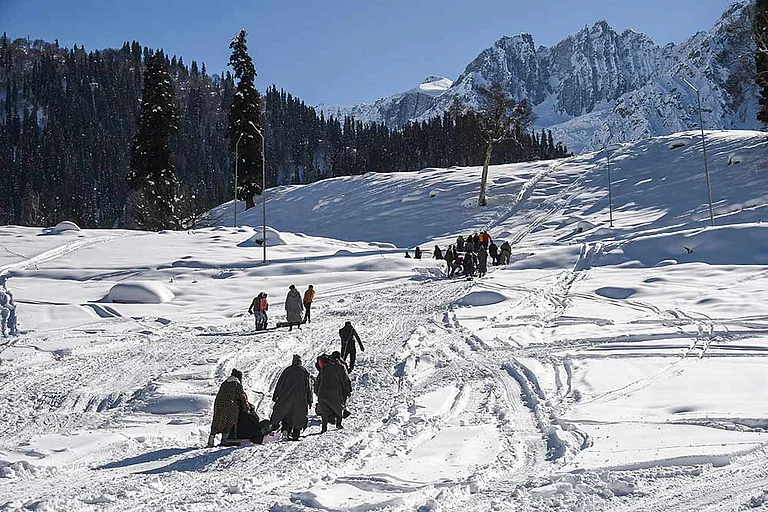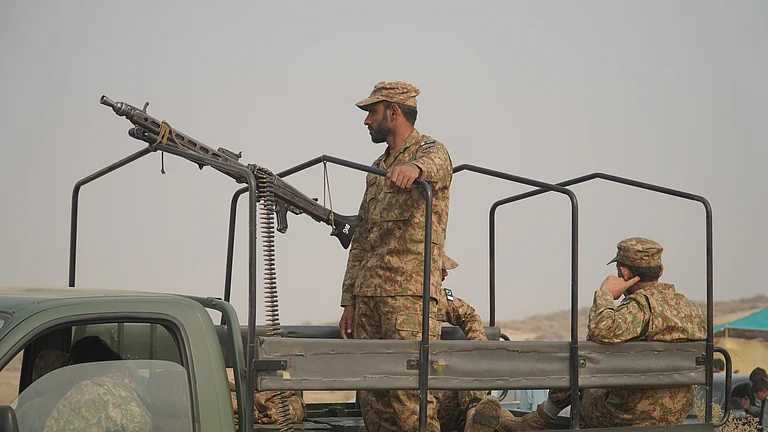As the clock strikes 9 in the morning, gongs and bells create a cacophony in front of temples across Odisha. This has been the ritual for nine minutes every day since November 11. This morning service has a different ring to it, though. It is part of a protest by priests against the government’s refusal to allow reopening of temples, closed since mid-March because of the Covid pandemic. The Odisha Mandira Sevayat Sangha, the apex organisation of temple priests in the state, has also decided to stage a dharna outside the state assembly the day it opens for the winter session on November 20.
The sangha held three such gong-and-bell protests over the past month. The decision on daily protests was taken on November 9 after the previous three fell on deaf ears. The priests accuse the Naveen Patnaik government of playing footsie with them. The government, they point out, gave sufficient hints that it was considering reopening the temples after the first protest on October 6 when the chief secretary wrote to district collectors to report within 10 days if temples could be reopened. But it backed off later. “Public worship in temples has been allowed under the Unlock-6 guidelines and many states have already done so. But our government says temples would be reopened only when schools and other institutions reopen in the state,” says Kamadev Tripathy, president of the sangha.
Reopening of temples has been a touchy issue elsewhere as well, especially in Maharashtra where the government is under pressure to open places of worship. The clamour has grown in the past months, with the BJP and several groups protesting often against the Shiv Sena and its ruling Maha Vikas Aghadi over keeping temples shuttered but allowing most activities to restart. There has been an unpleasant exchange between governor B.S. Koshyari, batting for reopening, and chief minister Uddhav Thackeray, who’s constrained by the huge caseload of Covid patients in his state. Thackeray indicated recently that places of worship could be opened up after Diwali.
In Kerala, the government has drawn up to-dos for pilgrims at the Ayyappa temple in Sabarimala, where the annual, two-month Mandala-Makaravillaku season starts on November 16. Only 1,000 pilgrims will be allowed every day to offer prayers at the hill shrine, which was opened for five days in October. As congregations—religious or otherwise—have become super spreaders of the coronavirus across the globe, states are wary of opening places of worship.
It’s not just faith playing a part in the outcry over the extended temple lockdown. The quarantine has hit an economy that sustains tens of thousands of people associated with shrines. A priest in Bhubaneswar explains: “Thousands of priests are almost starving…they earn their livelihood from offerings of devotees. The government ignored our demand for Rs 20, 000 to each priest till temples reopen. How do we survive?” For its part, the government points to the possibility of a second wave of Covid infection or a fresh surge like in Kerala and Delhi, if temples—closed, crowded spaces with poor airflow—are thrown open.
By Sandeep Sahu in Bhubaneswar


























